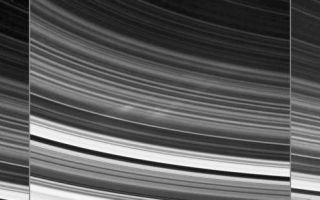
PIA07731: Finally . . . Spokes!
|
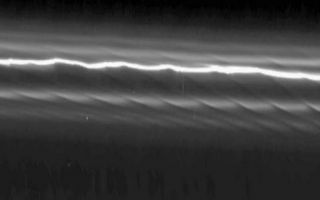
PIA07750: The Prometheus Effect
|
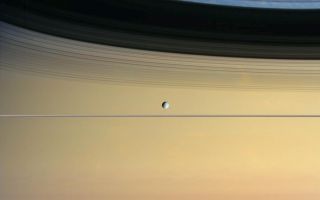
PIA07771: Dazzling Color
|
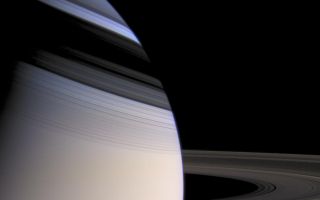
PIA07772: The Face of Beauty
|
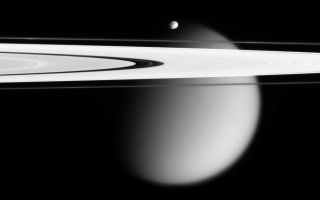
PIA07786: Stunning Vistas
|
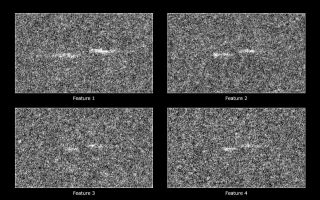
PIA07790: Four Propellers
|
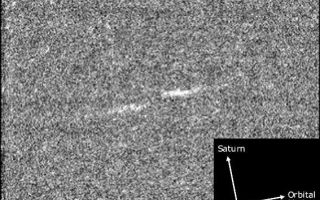
PIA07791: Propeller Motion
|
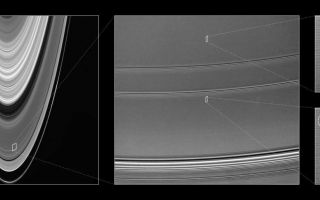
PIA07792: Locating the Propellers
|
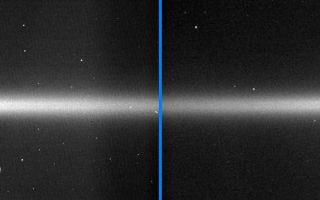
PIA07803: Double-Banded E Ring
|
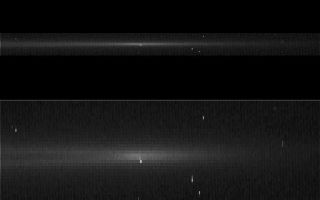
PIA07805: Persistent Arc
|
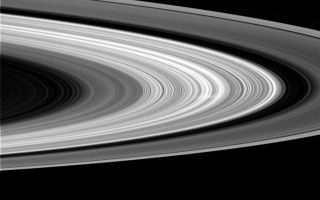
PIA07807: Spokes Sighted Again!
|
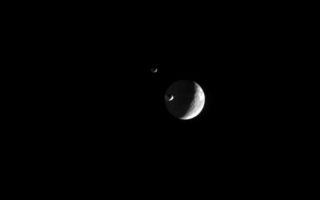
PIA07808: Three Moons Meet
|
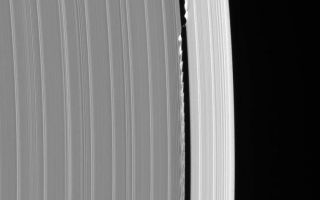
PIA07809: Daphnis At Work
|
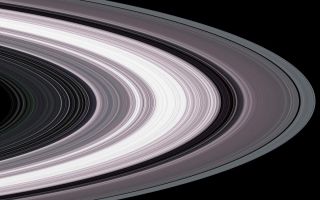
PIA07872: Small Particles in Saturns Rings
|
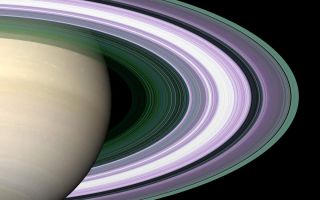
PIA07873: Radio Occultation: Unraveling Saturn's Rings
|
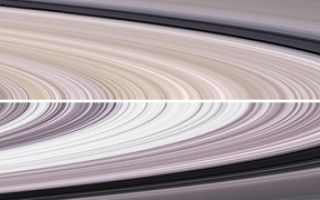
PIA07874-1.jpg
|
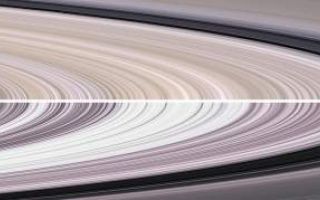
PIA07874: Multiple Eyes of Cassini
|
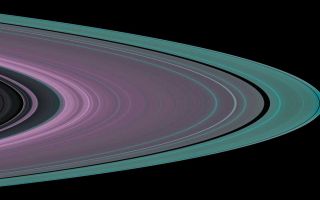
PIA07875-1.jpg
|
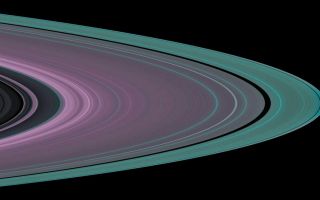
PIA07875: Small Particles in Ring A
|
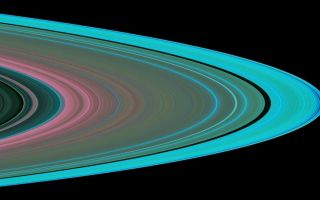
PIA07960: Waves and Small Particles in Ring A
|
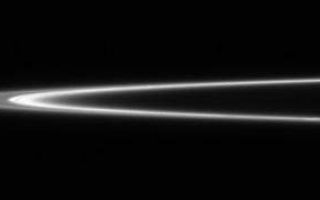
PIA08123: F Ring Edge
|
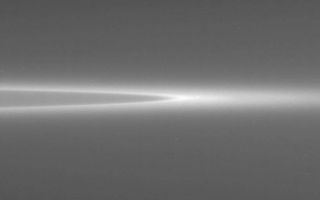
PIA08129: G Sharp
|
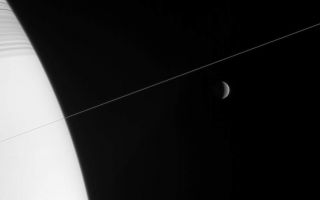
PIA08132: In Orbit with Rhea
|
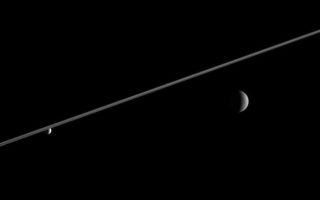
PIA08133: Rhea and Enceladus
|
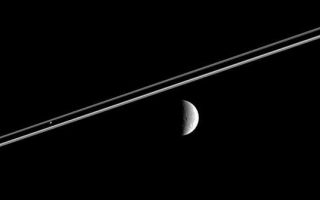
PIA08136: Moons Near and Far
|

PIA08138: The Rings Make a Point
|
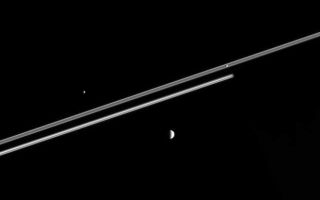
PIA08139: Where's Saturn?
|
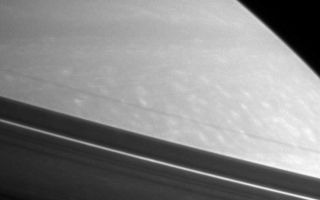
PIA08143: Structure in the Shadows
|
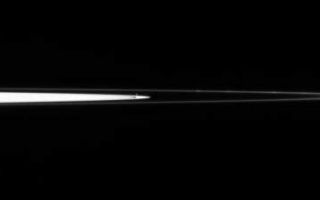
PIA08145: Small Moons on the Edge
|
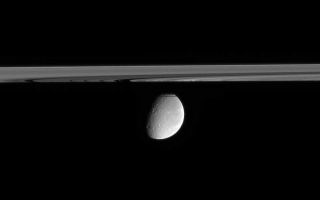
PIA08146: Rhea Beyond the Rings
|